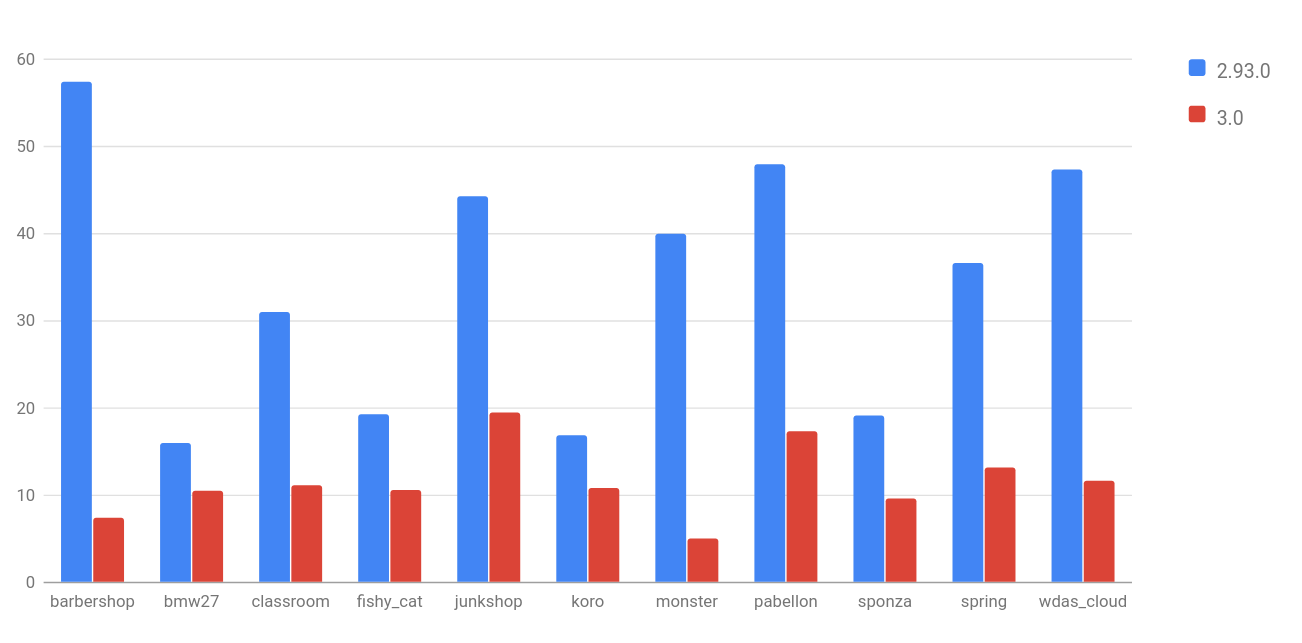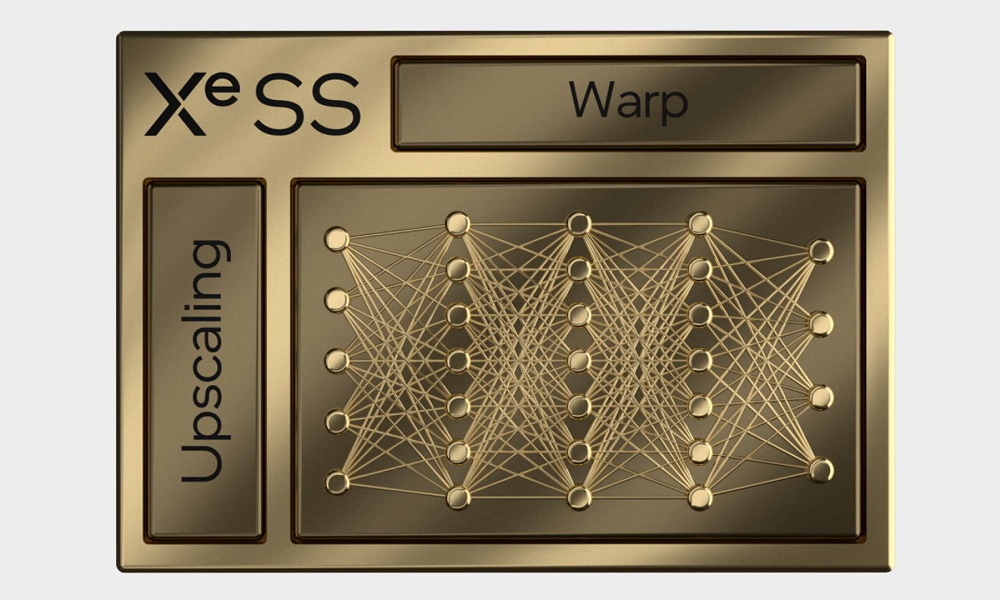
Blender Cycles-X is undoubtedly one of the most important and most important projects within the professional sector dedicated to 3D rendering, and its development continues to record very positive progress, although it is true that there are still other new features ahead that, despite having been announced, will not arrive until the launch of future revisions.
The most important improvements brought by Blender Cycles-X focus on two key levels, performance and compatibility. In this sense, this new graphics rendering engine has been able to improve performance between 3 and 5 five times when we use the NVIDIA OptiX API. In the attached graph we can see that the difference between version 2.93 of Blender and version 3.0, which already incorporates Cycles-X, using an NVIDIA RTX A6000 is very large.
The jump in terms of performance is impressive, and that according to those responsible for the project there are still other improvements to be implemented that will come in later reviews. Regarding support, Blender has confirmed that Cycles-X will be compatible with AMD’s Radeon GPUs, although this rendering engine will continue to focus on CUDA and OptiX APIs because, they say, the OpenCL API used by AMD lagged behind other implementations.
I know what you’re thinking, if he’s going to continue to focus on such APIs, how is he going to have full support for AMD’s Radeon GPUs? Well through HIPShort for Heterogeneous-computing Interface for Portability, a C ++ runtime API that creates code that can be ported between AMD and NVIDIA GPUs from a single source code. In effect, this means that developers using Blender Cycles-X will be able to easily migrate CUDA code to HIP, and This means that Blender developers can easily migrate CUDA code to HIP and enjoy full support for its Radeon GPU, although at the moment this will only affect graphics cards based on the RDNA and RDNA 2 architectures, that is, the Radeon RX 5000 and RX 6000 series (and their “Pro” variants).
It is also confirmed that it is working to extend support to older Radeon graphics cards, although at the moment we do not have anything concrete, so we can only wait. Last but not least, Blender has also confirmed the introduction of improvements in the user interface, and in effects as important as ambient occlusion, noise reduction and rendering of shadows and fur.




